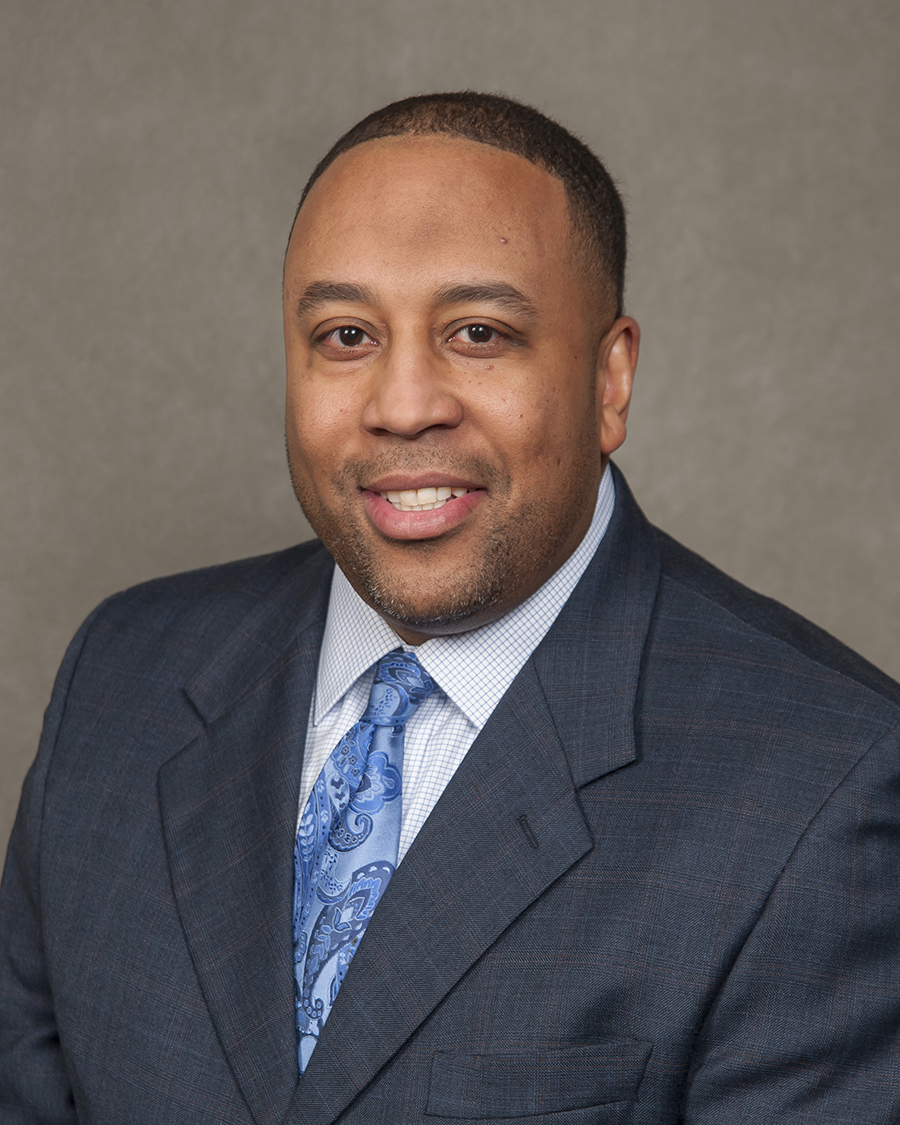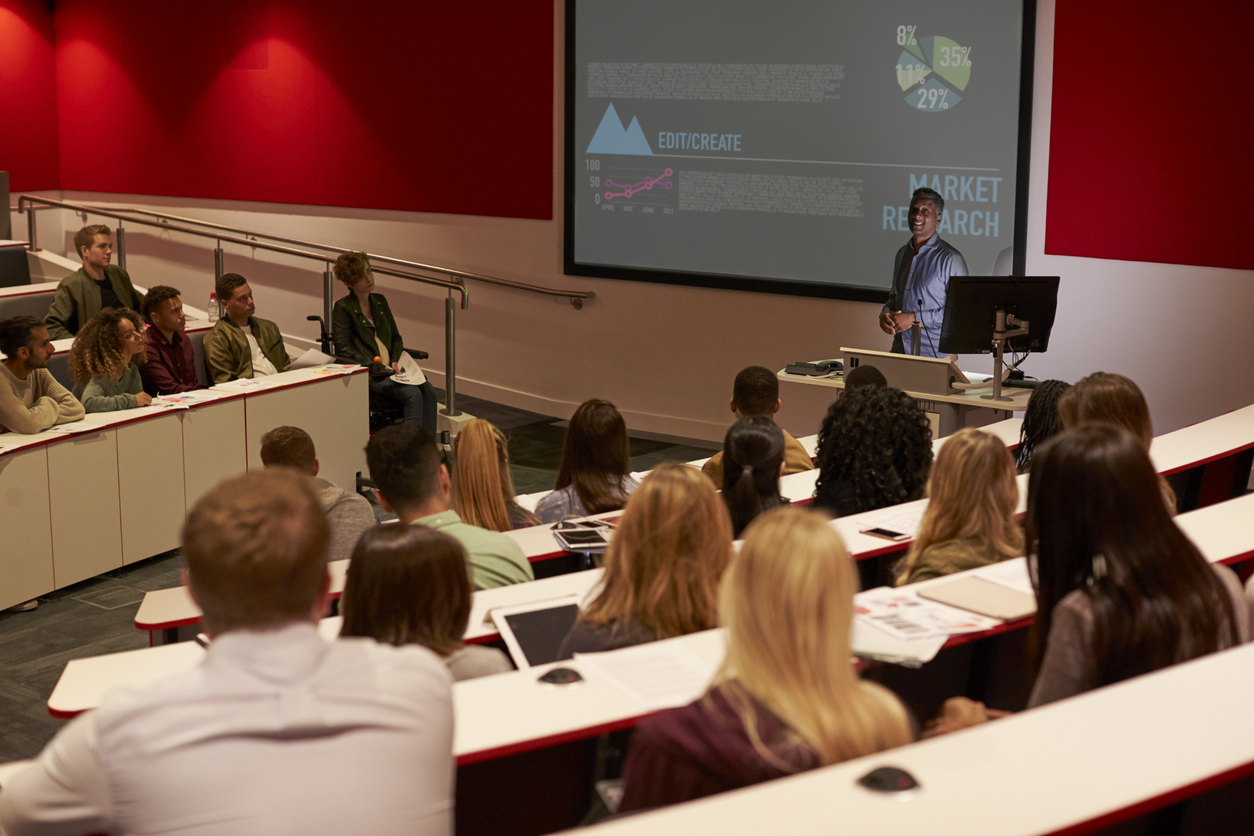From a risk management perspective, patient handling injuries to first responders remain a frequent and severe source of loss and expense to public entities. This reality is indicative of the need for cultural changes that will result in first responders consistently using body mechanics and equipment properly; even in the heat of the moment. Bryan Fass from Fit Responder offers additional insight:
Patient handling in the pre-hospital environment poses unique challenges, especially since patients are rarely in easily-accessible locations. They are often on the ground, in cars or confined spaces, which places first responders in very awkward and dangerous biomechanical positions. In fact, we often see spinal compression forces 2-3 times higher than what the National Institute for Occupational Safety and Health (NIOSH) recommends when lifting and moving from the floor.
The fix is actually quite simple, but it is not easy. First responders must embrace a three-step process to reduce the risk of musculoskeletal injury (MSK) while also reducing the risk of harming the patient from drops and rough handling.
Steps 1 & 2: Stop lifting patients from the floor. While this seems simple in theory, it goes against how first responders have been trained. All patients should be lifted using a commercially available and weight rated device. This accomplishes two simple goals: it changes lift height and reduces trunk angle. These two goals alone lowers the spinal compression force back down to NIOSH safe limits.
Step 3: Eliminate friction. Many injuries come from simply moving the patient on and off of the stretcher. Most departments have made the move to powered cots and even powered loading systems. This has reduced the rate and severity of lower back MSK injury and has effectively transferred the load from the back to the upper body.
First responders must eliminate moving patients from bed to bed, which usually involves carrying and sliding using bed sheets. The risk from drops alone while using this method is staggering. Bed sheets are not weight rated, do not have handles and increase friction during transfers. Responders need to embrace using devices like soft stretchers for these tasks as they meet the three goals discussed above. They can also capitalize on devices like human floor lifts or other equipment that allows for multiple responders to transport the patient, which further increases safety.
My recommendation based on over a decade of teaching safe patient handling is to just use the tools properly. There are a lot of them out there. First responders simply need to be trained often on how to use them properly. I advise investing in technology like powered cots, loading systems and tracked stair chairs. The goal is to eliminate unnecessary lifting, but we have to remember that, in the pre-hospital environment, no matter how much technology we throw at the problem, it still comes down to moving the patient safety on and off the cot, to and from the truck and from bed to bed.

By: Ariel Jenkins
Director - Risk Control, Safety National
Summary of Qualifications
Ariel has a broad base of knowledge and experience in the areas of workers’ compensation, ergonomics, industrial hygiene, OSHA, fleet safety, auto liability, general liability, and safety & health program auditing & assessment. He has experience working with the manufacturing, construction, ground and air transportation, retail, healthcare, public entities, technology, and service industries.
Responsibilities
He is responsible for leading and directing client services, technical risk control content and risk control services for clients (policyholders) of Safety National. He is also responsible for leading and directing risk control resources associated with the Public Entity practice and E&S product lines.
Business Experience
Ariel is a risk control professional with over 20 years of experience. Prior to joining Safety National, Ariel worked at a major insurance carrier, serving in various capacities as a technical loss prevention consultant of national market accounts. During this time, he was assigned as district safety consultant for the largest transportation company, and one of the largest employers in the U.S. Ariel began his career as a safety consultant with the Missouri Department of Labor and Industrial Relations in the Division of Workers' Compensation, where he was responsible for monitoring the loss control services of insurance carriers and performing risk evaluations for self-insured applicants.
ERM Experience
Ariel has consulted to a fortune 500 company on aspects of ERM with respect to multiple stakeholder operational and strategic risks.
Professional Affiliations
Ariel has earned his Certified Safety Professional (CSP) designation, and Associates in both Risk Management (ARM), Public Entity (ARM-P), and Enterprise-Wide Risk Management (ARM-E). Ariel is a member of the American Society of Safety Engineers (ASSE), and served as sustainability chair for the Missouri Safety Council in 2009.
Education
Ariel is a graduate of the University of Central Missouri with a bachelor’s degree in industrial safety management. He also earned a Master of Business Administration degree from Lindenwood University in St. Charles, MO.



